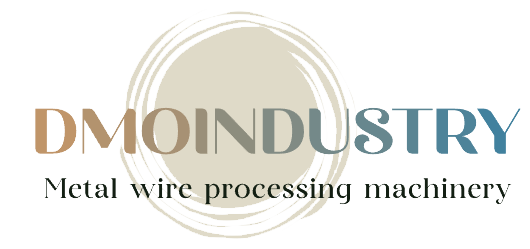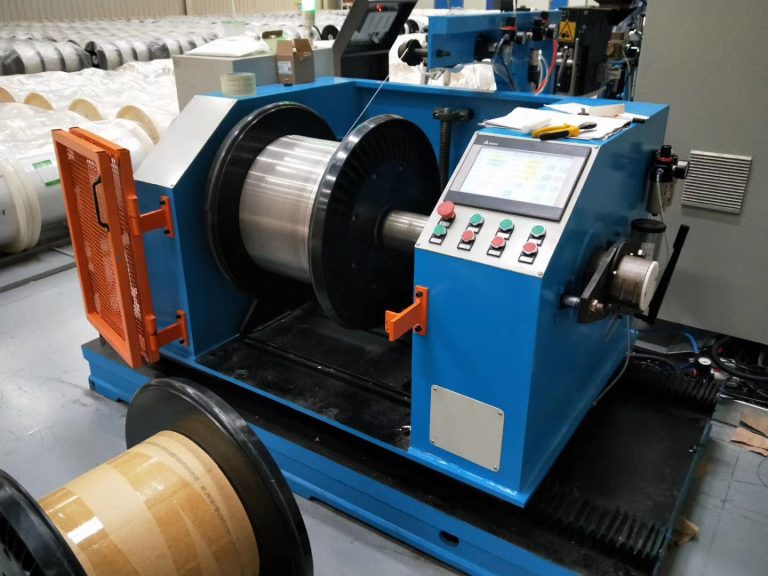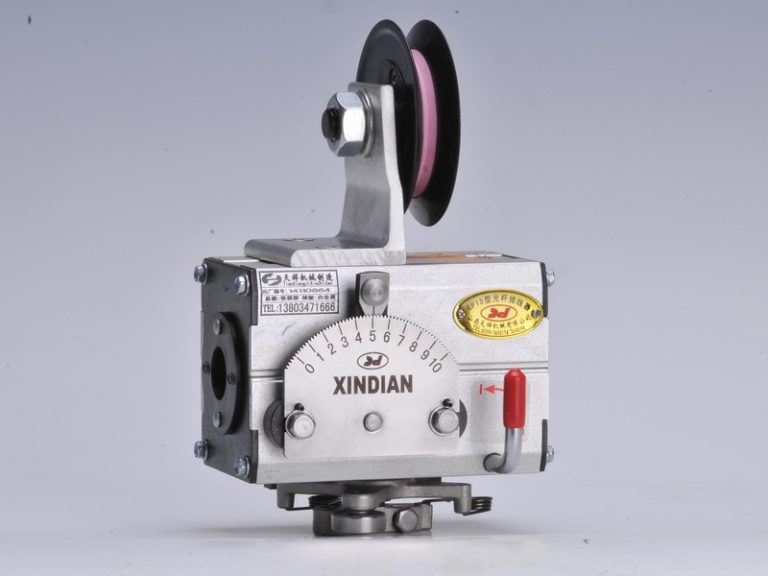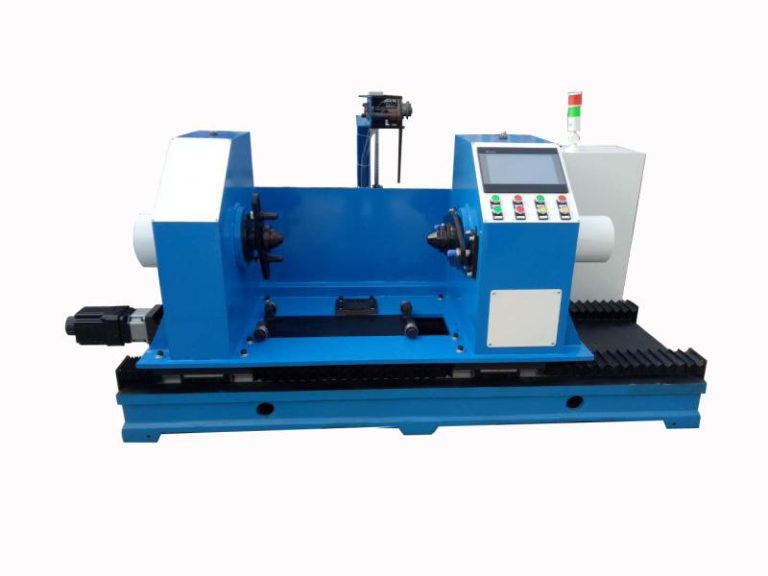Table of Contents
Advantages of Implementing Rolling Ring Process in Manufacturing
The rolling ring process is a manufacturing technique that offers numerous advantages for companies looking to improve their production efficiency and product quality. By implementing this innovative method, businesses can streamline their operations, reduce waste, and enhance the overall performance of their manufacturing processes.
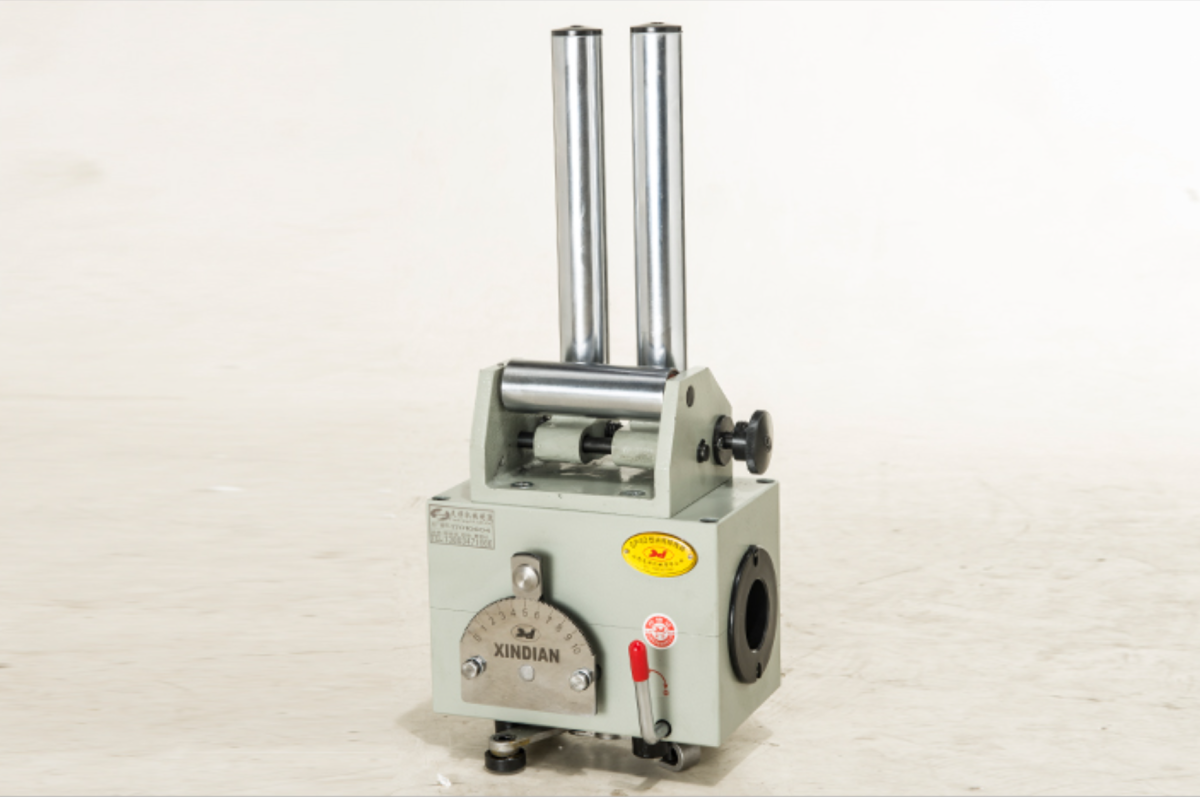
One of the key advantages of the rolling ring process is its ability to produce high-quality products with tight tolerances. This technique involves rolling a metal ring over a mandrel to form a seamless, uniform shape. This results in products that are free from defects and inconsistencies, ensuring that each item meets the exact specifications required by the customer.
In addition to producing high-quality products, the rolling ring process also offers significant cost savings for manufacturers. By reducing the amount of material waste and minimizing the need for secondary processing steps, companies can lower their production costs and improve their bottom line. This can be especially beneficial for businesses operating in competitive industries where cost efficiency is essential for success.
Furthermore, the rolling ring process is highly versatile and can be used to manufacture a wide range of products across various industries. From automotive components to aerospace parts, this technique can be adapted to suit the specific requirements of different applications. This flexibility allows manufacturers to diversify their product offerings and enter new markets, expanding their business opportunities and increasing their revenue potential.
Another advantage of implementing the rolling ring process is its ability to improve production efficiency and throughput. By automating the forming process and reducing the need for manual labor, companies can increase their output and meet customer demand more effectively. This can help businesses to stay competitive in fast-paced markets and maintain a strong position in the industry.
Moreover, the rolling ring process is environmentally friendly and sustainable, making it an attractive option for companies looking to reduce their carbon footprint and minimize their impact on the environment. By optimizing material usage and reducing waste, manufacturers can operate in a more sustainable manner and contribute to a greener future for the planet.
Overall, the rolling ring process offers numerous advantages for manufacturers looking to enhance their production capabilities and improve their competitiveness in the market. By investing in this innovative technique, companies can achieve higher quality products, lower production costs, and increased efficiency, leading to greater success and profitability in the long run. With its versatility, cost-effectiveness, and sustainability, the rolling ring process is a valuable tool for businesses seeking to stay ahead of the curve in today’s rapidly evolving manufacturing landscape.
Step-by-Step Guide to Setting Up Rolling Ring Process in Your Facility
The rolling ring process is a method used in various industries to produce seamless rings of different sizes and materials. This process involves rolling a metal strip into a ring shape using a series of rollers and dies. The result is a seamless ring that can be used in a variety of applications, from automotive parts to industrial machinery.
Setting up a rolling ring process in your facility can be a complex task, but with the right equipment and know-how, it can be a valuable addition to your manufacturing capabilities. In this step-by-step guide, we will walk you through the process of setting up a rolling ring process in your facility.
The first step in setting up a rolling ring process is to acquire the necessary equipment. This includes a rolling mill, which is used to shape the metal strip into a ring, as well as dies and rollers that are used to control the shape and size of the ring. It is important to choose equipment that is appropriate for the size and material of the rings you will be producing.
Once you have acquired the necessary equipment, the next step is to set up the rolling mill. This involves installing the mill on a stable surface and ensuring that it is properly aligned and calibrated. It is also important to ensure that the rollers and dies are properly installed and adjusted to produce the desired ring shape.
After the rolling mill is set up, the next step is to prepare the metal strip for rolling. This involves feeding the strip into the mill and adjusting the rollers and dies to shape the strip into a ring. It is important to carefully monitor the process to ensure that the ring is formed correctly and to make any necessary adjustments to the equipment.
Once the ring is formed, the next step is to finish it. This may involve cutting the ring to the desired size, smoothing out any rough edges, and heat-treating the ring to improve its strength and durability. It is important to follow the appropriate procedures for finishing the ring to ensure that it meets the necessary specifications.
Finally, the last step in setting up a rolling ring process is to test the equipment and process to ensure that everything is working correctly. This may involve running test rings through the mill to check for any issues or defects and making any necessary adjustments to the equipment. It is important to thoroughly test the process before beginning production to ensure that the rings produced meet the necessary quality standards.
In conclusion, setting up a rolling ring process in your facility can be a valuable addition to your manufacturing capabilities. By following the steps outlined in this guide and carefully monitoring the process, you can produce seamless rings of different sizes and materials for a variety of applications. With the right equipment and know-how, you can successfully implement a rolling ring process in your facility and produce high-quality rings for your customers.
